Flying Cars: A Journey Through History and Into the Future
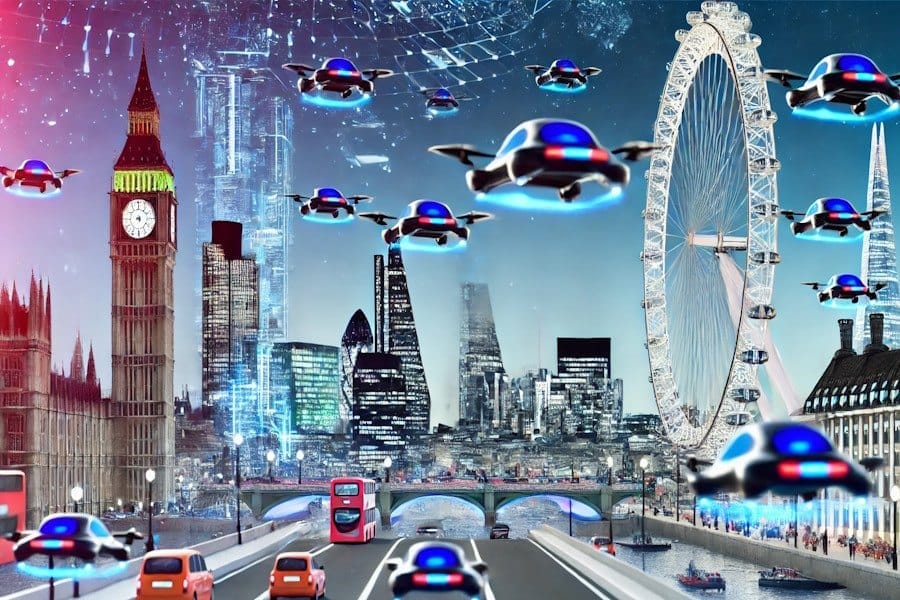
Publish Date: Last Updated: 10th November 2025
Author: nick smith- With the help of CHATGPT
Introduction
Flying cars, once the subject of science fiction and the dreams of eccentric inventors, are rapidly becoming a tangible reality. Thanks to advancements in drone technology, artificial intelligence (AI), and lightweight materials, flying cars are now closer than ever to redefining personal and commercial transportation. But what will it take to make flying cars commonplace, and what challenges and benefits do they bring?
Let’s explore the history of flying cars, the breakthroughs that have made them possible, the benefits they offer, and the obstacles we must overcome to make them an everyday mode of transport.
The History of Flying Cars
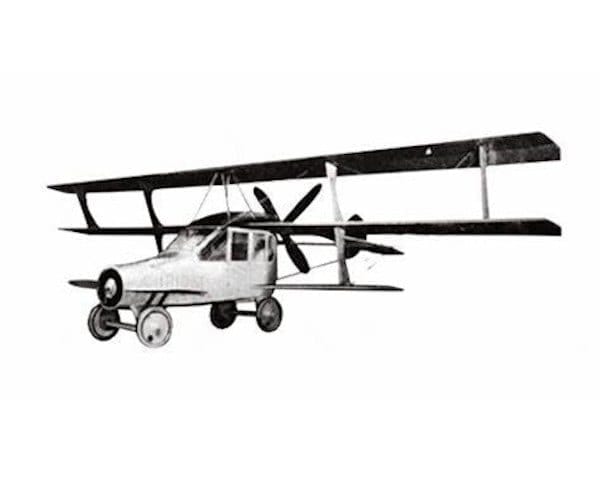
The Curtiss Autoplane
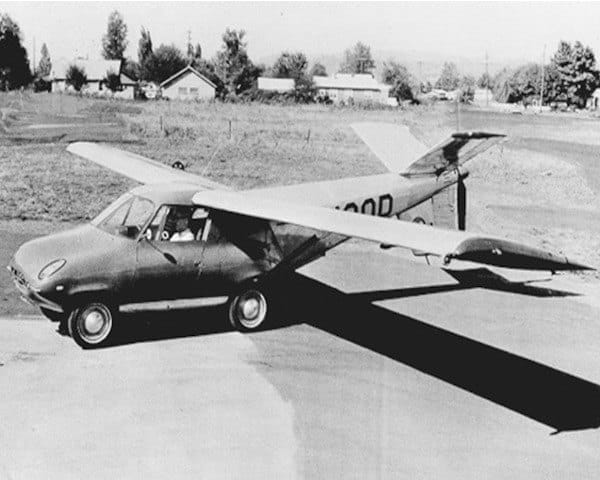
1949 Aerocar
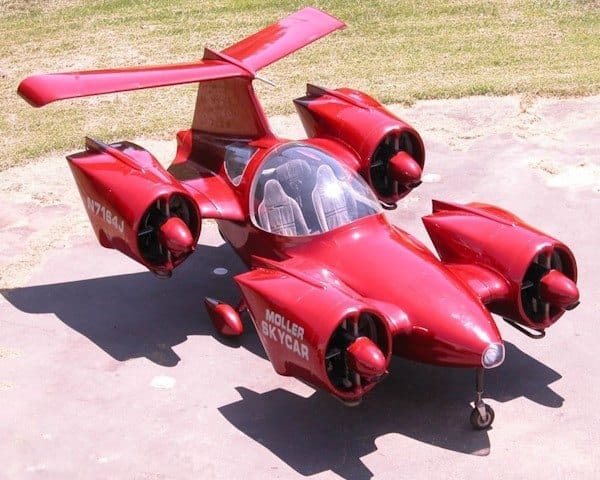
1989 Moller Skycar
The idea of flying cars dates back to the early 20th century. Inventors sought to merge the convenience of road vehicles with the freedom of flight. Notable milestones include:
- 1917: The Curtiss Autoplane, often regarded as the first flying car, was introduced by Glenn Curtiss. While it could hop short distances, it never achieved sustained flight.
- 1949: The Aerocar, designed by Moulton Taylor, became one of the most famous early attempts at a flying car. It featured foldable wings, allowing it to transition from road to sky.
- 1989: The Moller Skycar, an ambitious project, promised vertical takeoff and landing (VTOL) capabilities but faced significant technical and financial hurdles.
Despite these attempts, technological and regulatory barriers kept flying cars grounded—until recent breakthroughs.
Breakthroughs Making Flying Cars Possible
1. Advancements in Drone Technology
Modern drones have demonstrated the feasibility of lightweight, battery-powered vehicles capable of stable flight. Their propulsion systems, combined with VTOL capabilities, are integral to flying car designs.
2. Artificial Intelligence
AI is revolutionizing navigation, obstacle avoidance, and air traffic management. With AI, flying cars can autonomously pilot themselves, reducing the need for specialized licenses.
3. Lightweight Materials
Innovations in materials like carbon fiber and aluminum alloys have made it possible to build vehicles that are both durable and light enough for flight.
4. Electric Propulsion
Electric motors, powered by high-capacity batteries, have enabled quieter and more sustainable flight compared to traditional combustion engines.
Benefits of Flying Cars
Flying cars have the potential to transform transportation in profound ways:
1. Dual-Purpose Mobility
Flying cars can operate both on roads and in the air. This flexibility allows drivers to navigate congested city streets or take to the skies for faster routes.
2. Improved Travel Times
By flying directly to a destination, travelers can bypass traffic jams, cutting commute times significantly.
3. Use of 3D Space
Flying cars add a vertical dimension to travel, reducing road congestion by spreading traffic across three dimensions instead of just two.
4. Increased Accessibility
In rural or remote areas where infrastructure is limited, flying cars can provide a lifeline by connecting people to essential services quickly.
Challenges in Building Flying Cars
While the potential benefits are immense, there are significant hurdles:
1. Reliability and Safety
Flying cars must meet stringent safety standards to prevent mechanical failures or crashes. They need to be as reliable as commercial aircraft, which undergo rigorous maintenance checks.
2. Accident Prevention
With vehicles operating in a 3D space, avoiding collisions with other flying cars, buildings, and natural obstacles becomes a critical challenge.
3. Navigation and Obstacle Avoidance
AI-powered systems must handle complex navigation tasks, including real-time adjustments for weather, air traffic, and emergencies.
4. Licensing
Would flying cars require pilots’ licenses, or could they be autonomous enough for anyone to use? Regulatory bodies will need to decide.
How AI Can Make Flying Cars a Reality
AI-Controlled Vehicles
Flying cars equipped with AI can handle takeoffs, landings, and flight paths autonomously. These systems can communicate with centralized air traffic control to avoid collisions and follow designated routes.
AI Air Traffic Management
Managing thousands—or even millions—of flying cars in the sky will be impossible for human controllers. AI-driven air traffic systems can monitor and guide vehicles, ensuring efficient and safe airspace usage.
Key Considerations
1. Maintenance and Regulations
Airlines adhere to strict maintenance schedules to ensure safety. Flying cars will require similar frameworks, with regular inspections and service records to prevent accidents.
2. Security Risks
The introduction of flying cars could create new security challenges, including their potential use in terrorist attacks. Regulatory agencies will need to enforce stringent security measures.
3. Noise Pollution
Flying cars, operating at lower altitudes than airplanes, could cause significant noise pollution. Urban planning must consider strict flight paths and noise reduction technologies.
The Future of Flying Cars
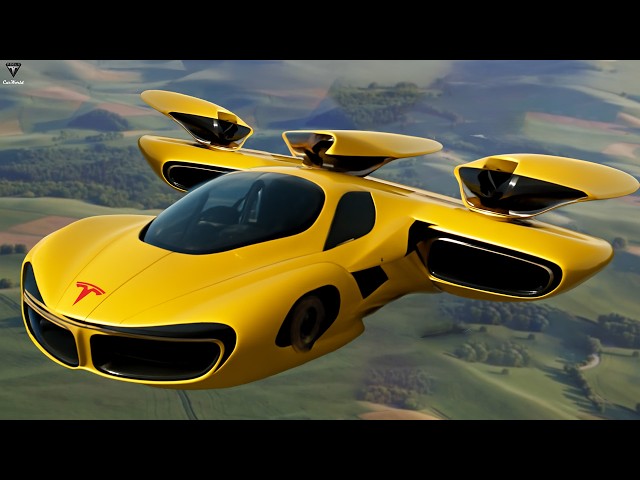
Elon Musk Leaks Tesla Flying Car Has 289‑Mile Battery But Super Cheap Price! Release Date Confirmed!
YouTube Channel: TESLA CAR WORLD
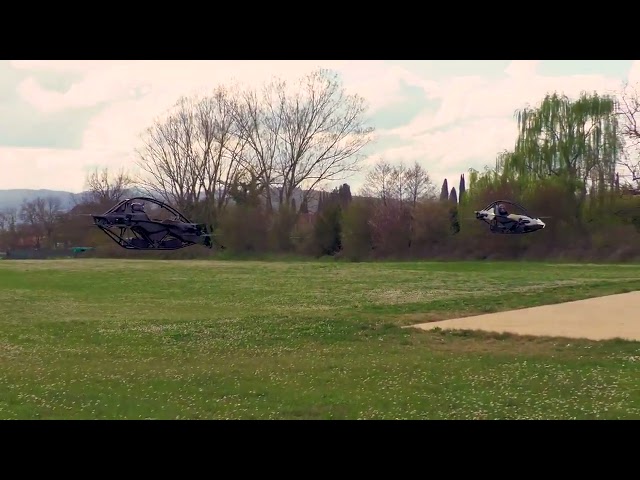
Jetson One: The $128K Personal Flying Car Set to Launch in 2026 | EVTOL Aircraft Explained
YouTube Channel: RixDigi (PVT.) LTD.

Elon Musk: "China Releases First Flying Car That Changes Everything"!
YouTube Channel: Ifdiscovery

How Flying Cars Became a Billion-Dollar Bet | Bloomberg Primer
YouTube Channel: Bloomberg Originals
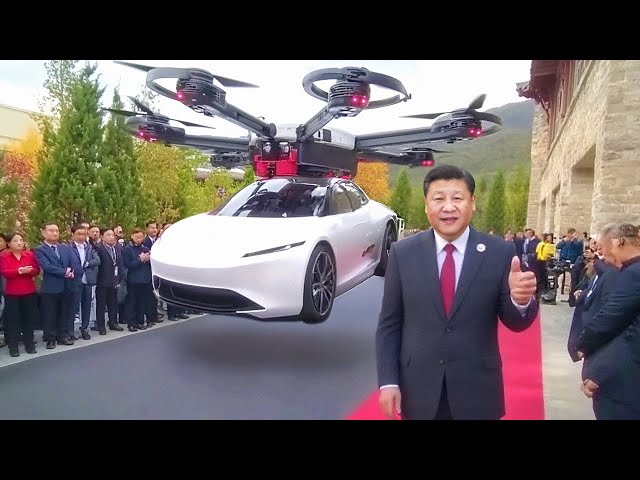
China Releases First $4,999 Flying Car That Changes Everything!
YouTube Channel: The Fancy Banana
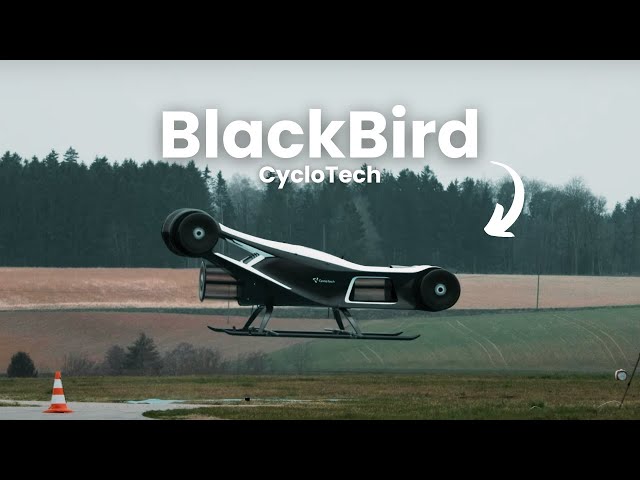
CycloTech Blackbird Flying Car Ready To Takeoff in 2025 | Revolutionizing Aircraft Design
YouTube Channel: 24 Hours

$6,789 Tesla Flying Car FINALLY HIT The Market! What's Inside in First Look? All You Need To Know!
YouTube Channel: TESLA CAR WORLD

China To Soon Get Flying Taxis As Two Companies Get Approval For Low-Altitude Commercial Vehicles
YouTube Channel: Mint
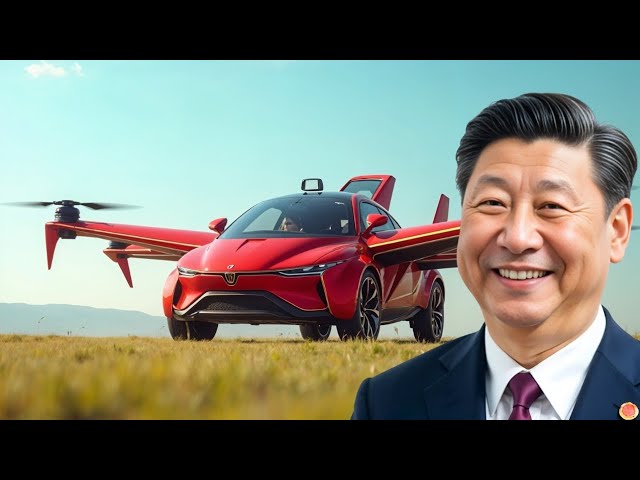
Flying Cars in China: A Threat to Tesla & Elon Musk? The Future of Transportation
YouTube Channel: Future Bite
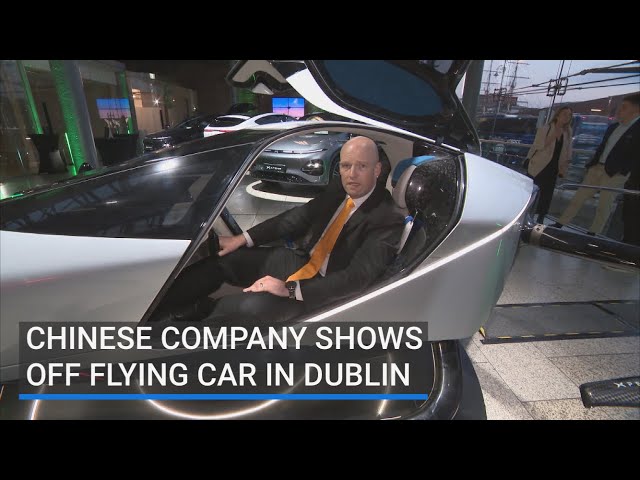
Latest Chinese EV maker to enter Irish market shows off flying car at official launch in Dublin
YouTube Channel: RTÉ News

Honda CEO Drops a $4,999 Flying Car Bombshell! That Changes Everything!
YouTube Channel: Fresh Discovery
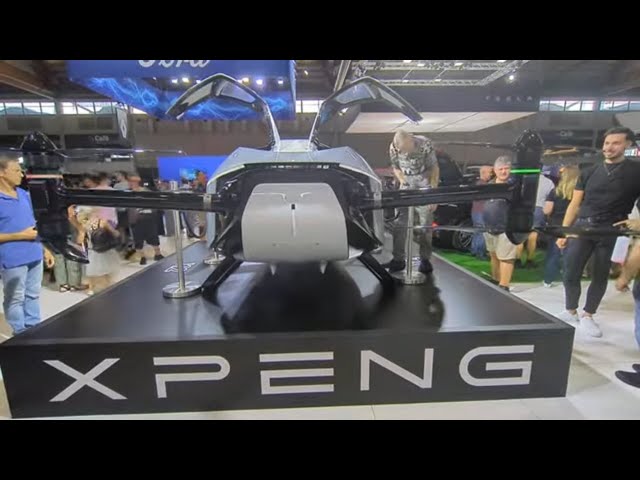
XPeng X2 "Flying Car"
YouTube Channel: EEVblog2
The future of flying cars lies at the intersection of innovation and regulation. Companies like Joby Aviation, Uber Elevate, and Terrafugia are already testing prototypes, with some predicting commercial availability within the next decade. However, achieving widespread adoption will require advancements in technology, robust regulatory frameworks, and public trust in safety and reliability.
Conclusion
Flying cars are no longer confined to the pages of science fiction. With breakthroughs in AI, drone technology, and lightweight materials, they are closer to becoming a reality than ever before. While the road (and air) ahead is filled with challenges, the potential benefits—reduced travel times, less congestion, and increased accessibility—make flying cars an exciting prospect.
As we look to the skies for our next great innovation, flying cars promise to redefine the way we move, connect, and explore.
Latest AI Articles
AI Questions and Answers section for Flying Cars: A Journey Through History and Into the Future
Welcome to a new feature where you can interact with our AI called Jeannie. You can ask her anything relating to this article. If this feature is available, you should see a small genie lamp above this text. Click on the lamp to start a chat or view the following questions that Jeannie has answered relating to Flying Cars: A Journey Through History and Into the Future.
Be the first to ask our Jeannie AI a question about this article
Look for the gold latern at the bottom right of your screen and click on it to enable Jeannie AI Chat.










